This article was published in Downend Voice, Issue 47 for January 2017.
The soft voice of the pilot announced we were preparing for landing. I switched off my kindle and put my seatbelt on. It was 7 in the morning and I was rather restless. At the stewardess instruction, I opened up the window shades just to see the hungry Atlantic waves devouring a lush land mass: Madeira.
As we began our descent, excitement and fear took over me, because we were about to land on one of the world’s smallest airport runaways. Everyone seemed tense and nervous. I closed my eyes and held my breath in anticipation. A couple minutes later, we were safe, alas!
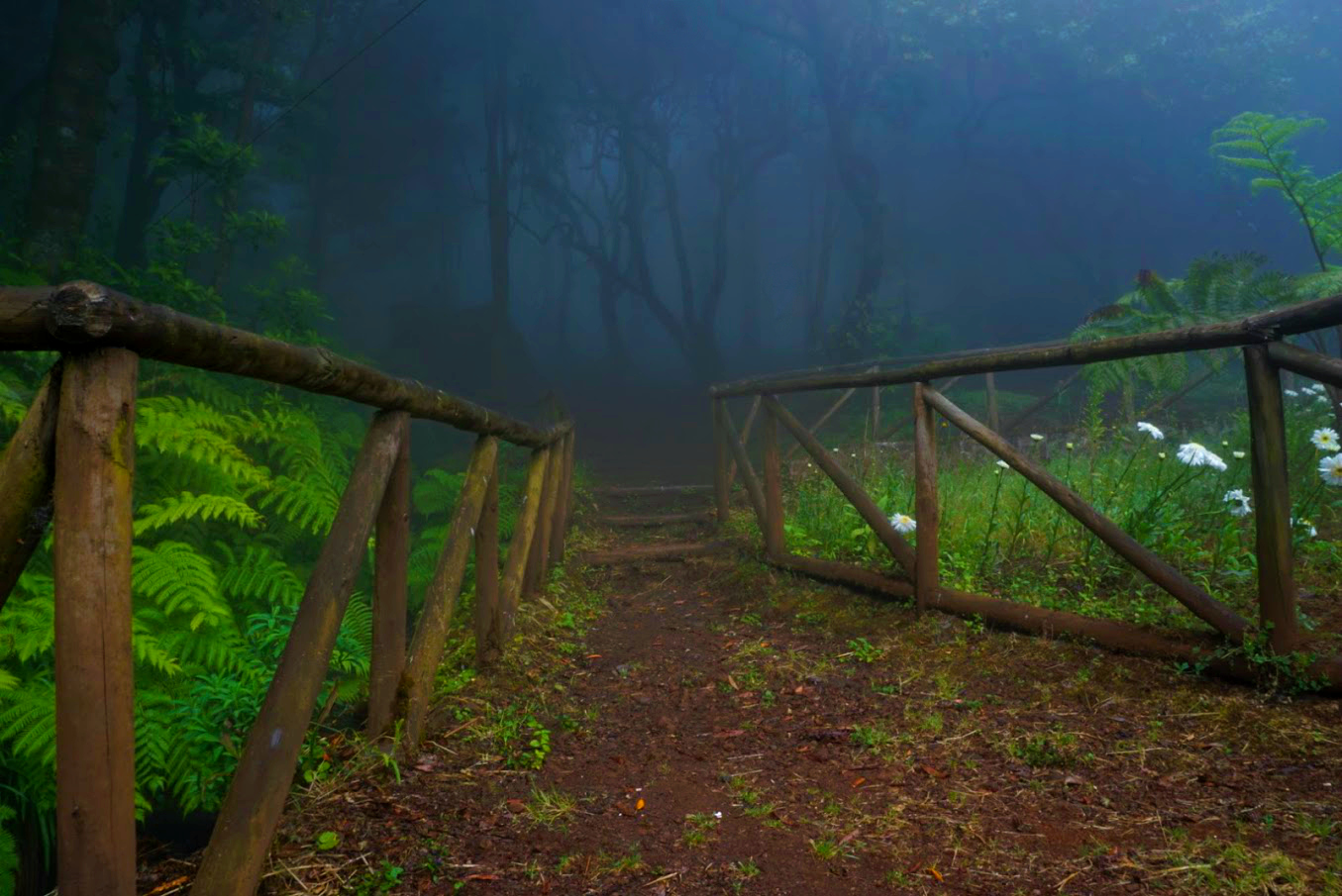
At first glance, Madeira looked remarkable. Nicknamed the Spring island due to its constant temperatures and jungly vegetation, Madeira has to be the perfect year round destination in Europe. Madeira is a fantastic option for outdoors and nature lovers. Although most beaches surrounding the island are mainly rocky and not suitable for sunbathing, there are a few exceptions which attract locals and tourist alike. Madeira is home to natural lava pools, fantastic hiking opportunities, and dramatic landscapes.
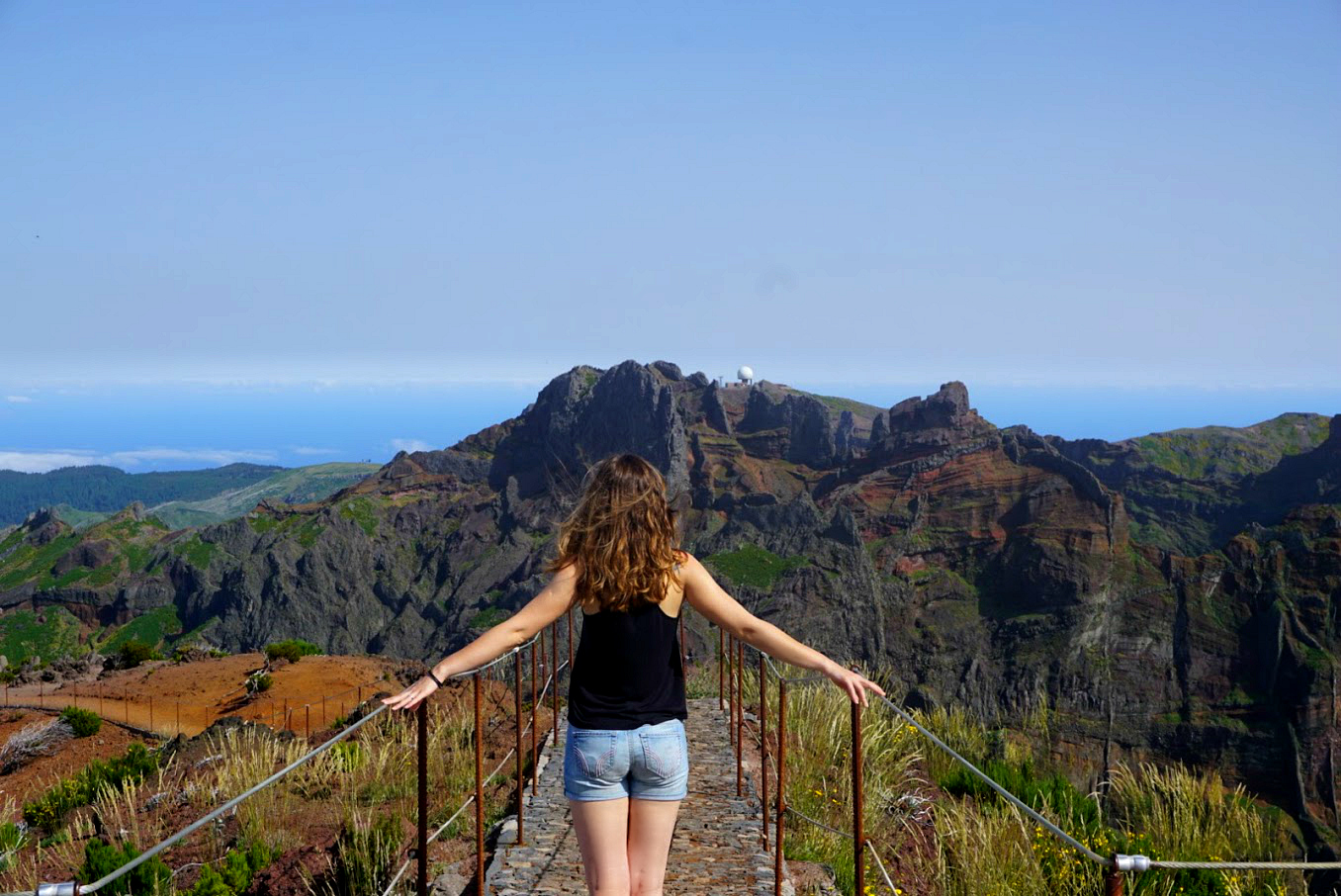
What struck me most about Madeira, were the incredibly narrow, winding roads, mainly free from other cars. Madeira’s motorways, took me up and down the mountains, through strategically built tunnels. Some roads were almost 90 degrees upright, hence great driving skills were paramount in Madeira. I must admit, I had moments when I had to slow down to 10 miles per hour, as I took hairpin turns up rugged cliffs. Although I’ve been lucky enough to explore mountainous roads around Europe, I never came across a more exhilarating and startling landscape, than in Madeira.
Since this island is an outdoors lover paradise, I spent most of my time travelling from trail to trail, to experience the levadas. A levada is an irrigation channel or aqueduct specific to the Portuguese island of Madeira. There are more than 1,350 miles (2,170 km) of levadas and they provide a remarkable network of walking paths. Some provide easy and relaxing walks through beautiful countryside, but others are narrow, crumbling ledges.
Madeira was perhaps one of the most unexpected paradise corners I came across in Europe, as it looked vastly untouched. To me, Madeira remains the land of natural rawness, with incredibly varied topography, from dramatic cliffs, through rugged mountainous terrain to lush tropical forests. On the northern side of Madeira, there are long roads surrounded by Eucalyptus forests, lined with white and purple alliums. These roads provide a rollercoaster-like experience which takes the passenger from rocky beaches, through foggy woods, to magnificent spots above the clouds.
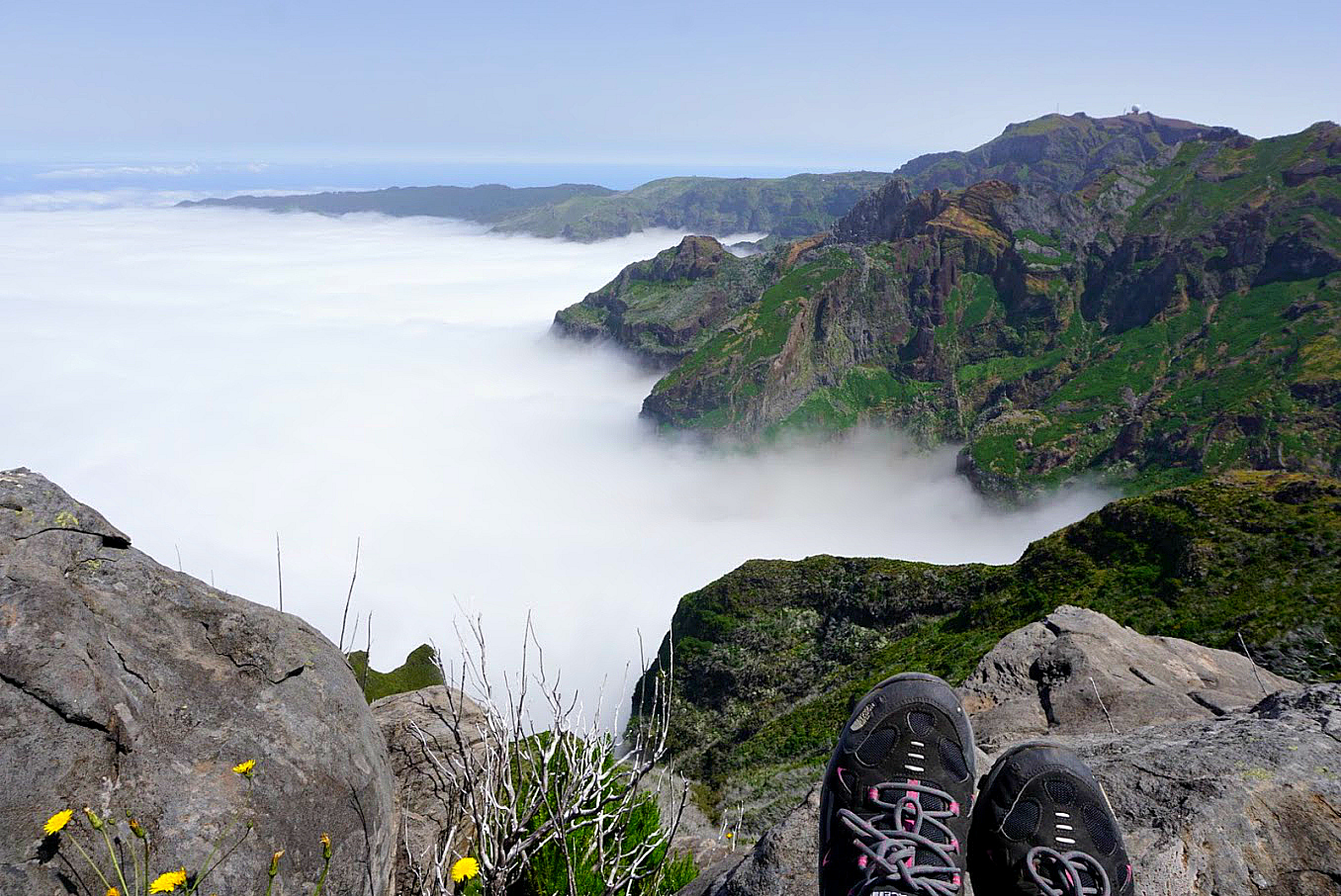
Although the whole of Madeira is so mesmerisingly beautiful, one of the parts which impressed me the most is called Ponta do Pargo. I jokingly call this place “the end of the world”, because I have never in my life seen anything quite like it. The cliff-top bluffs here reach a height of 392 meters above sea level. There is nothing else on the horizon, but the vastness of ocean until you reach the American continent. The landscape looks boundless, prodigious and epic. I took a moment to acclimatise with everything. I sat down and allowed myself to unclench my muscles and relax. I even closed my eyes for a minute just to hear the waves, the wind, the silence. Ponta do Pargo was an amalgam of blue and grey which painted an unusual picture of emotions, full of natural forces beyond human capability.
The image of Ponta do Pargo stayed with me for days, but as Madeira is a hikers paradise, I couldn’t help but seek to discover the best trail on the island. I couldn’t decide between the mighty hike to Pico Ruivo, which marks the top of Madeira, and the less strenuous but more thrilling Levada do Cadeirão Verde. To be on the safe side, I would, of course, recommend exploring both. On my way to Pico Ruivo, I drove through the foggy roads of Santana, which lead me above the clouds. The hike to Pico Ruivo and back to the car park took no less than three hours. The paths were well defined and the views stretched all the way to the edges of Madeira, which made this trail the best option for photography lovers.
Levada do Cadeirão Verde met a network of trails, which meant it could be accessed from multiple points around the island. I, foolishly, chose the most difficult path, although in exchange I got rewarded with gripping vistas over the top of Madeira’s Eucalyptus forests. Once I got onto the levada walk itself, Madeira started looking less like a European island and more like an unexplored mountainous trail from Borneo.
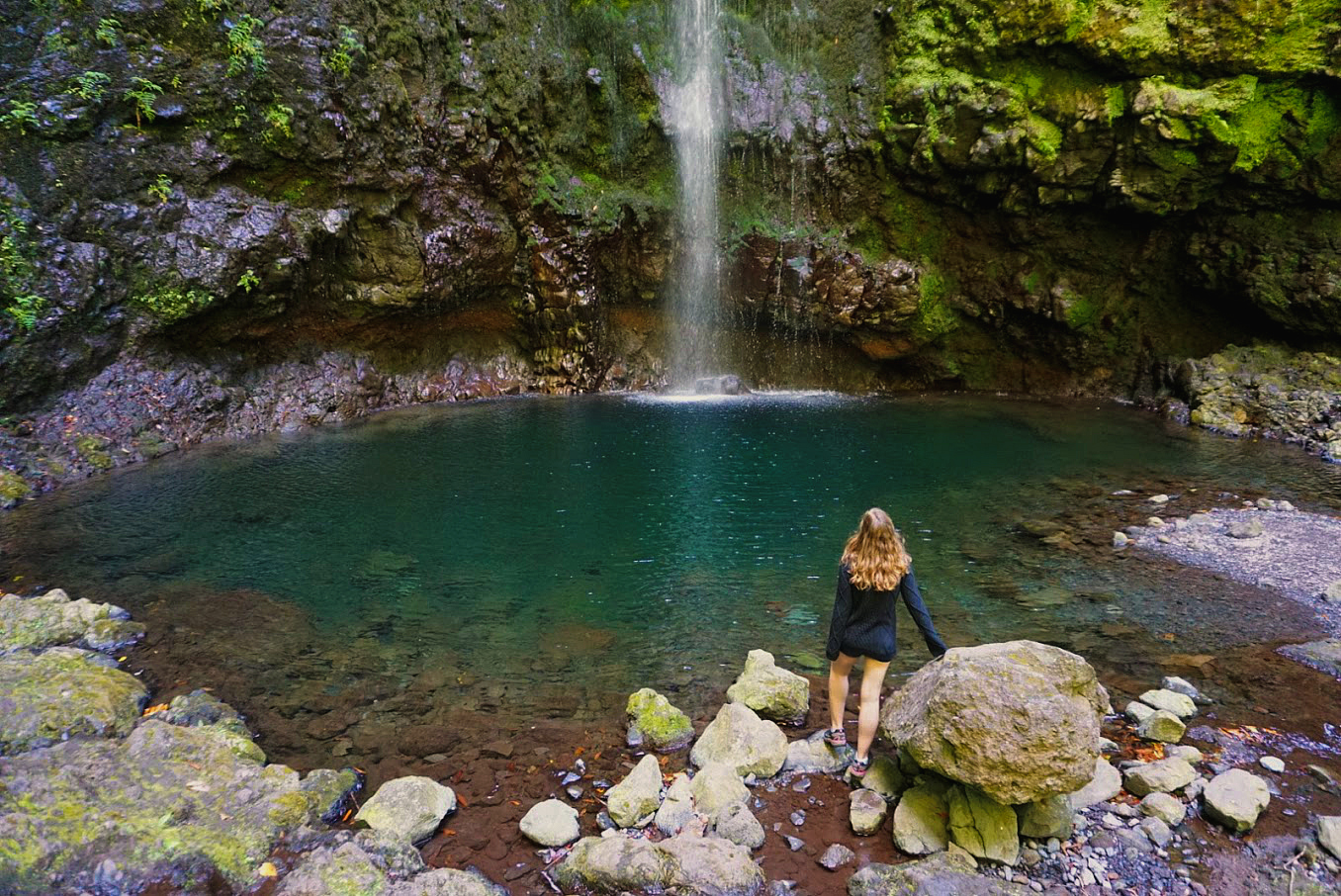
No trip to Madeira would be complete without spending a few days exploring its capital city, Funchal. Funchal is a laid back city with a great community of friendly locals, who look forward to teaching travellers about the Madeiran way of life. Funchal has a lot to offer, from amazing food, through a beautiful (and famous!) botanic garden, to a network of winding road, which took me up and down the hills. Each street and house in Funchal were a photographer’s dream, that even an aimless walk around the capital of Madeira is a journey in itself.
To save money in Madeira, I recommend sleeping in an apartment in Canico, located just 10 minutes drive away from Funchal. Once in the capital, get a food tour by a local guide and enjoy traditional and authentic specialities, including octopus salad or custard tarts. I absolutely loved O ginjinhas, a cherry liqueur served in a chocolate cup, the famed espada fish, an eel-like creature with large eyes and sharp teeth, and of course the Madeiran mojito, made with locally grown passion fruit.
Whether you want to visit Madeira because of the food, its natural wonders or exotic looking trails, this breathtaking island is a must visit for any outdoors and adventure lover. Can you think of a better way to escape the cold this winter?
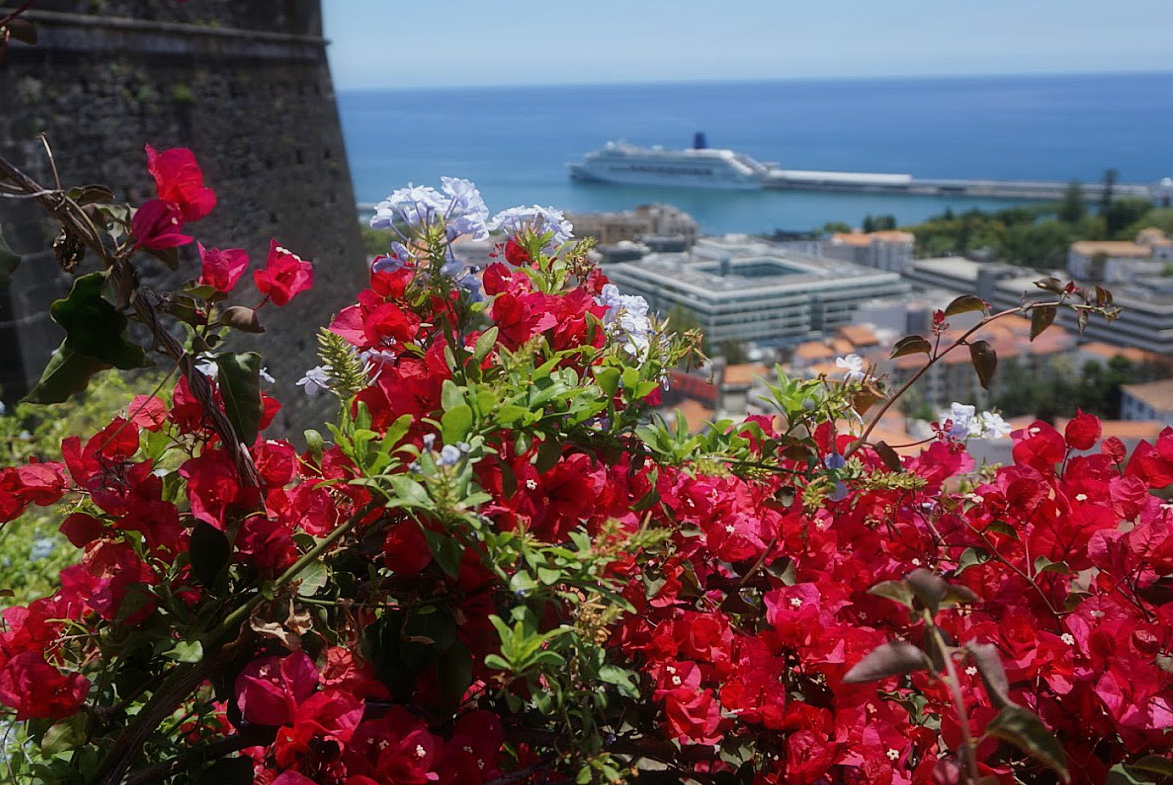

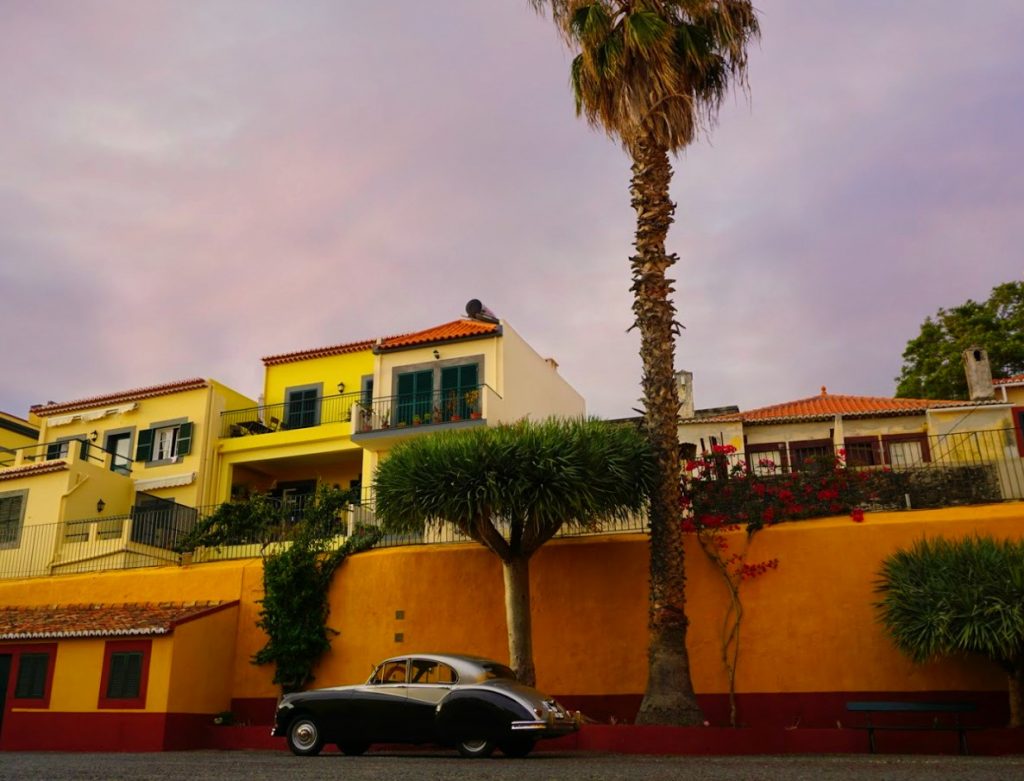
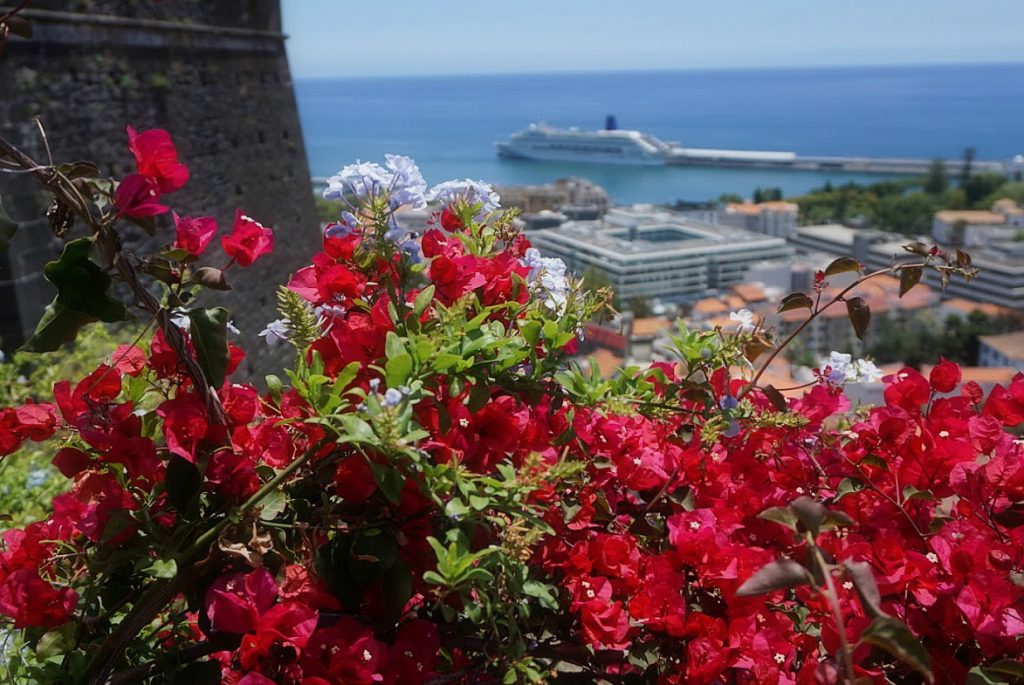
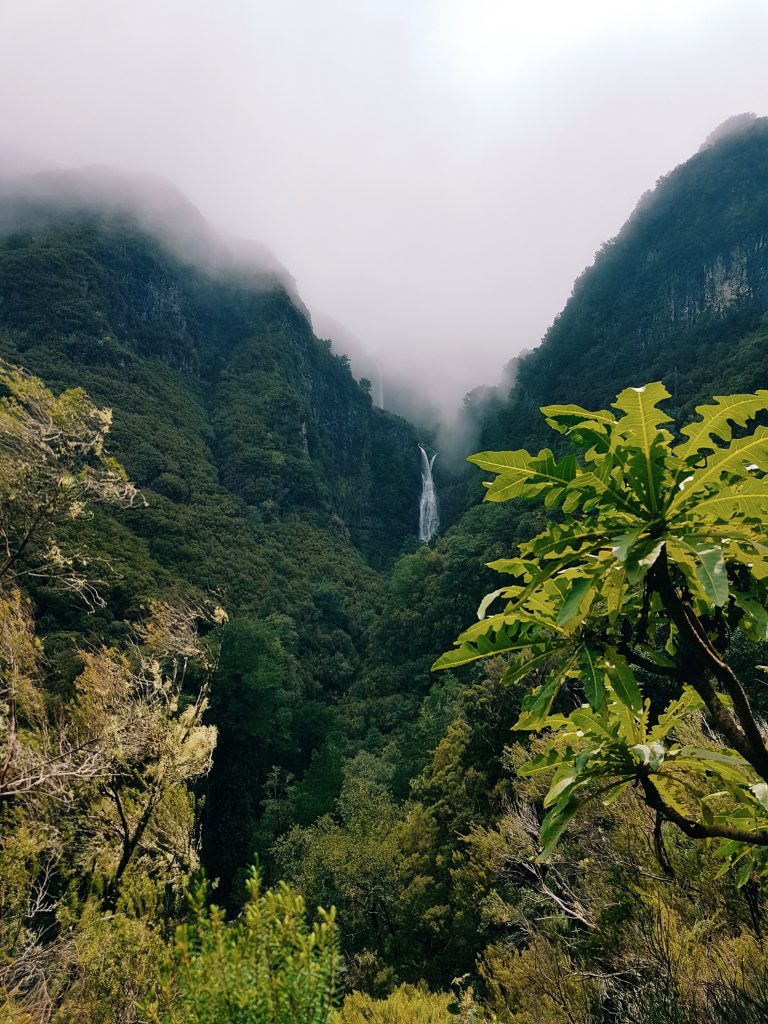
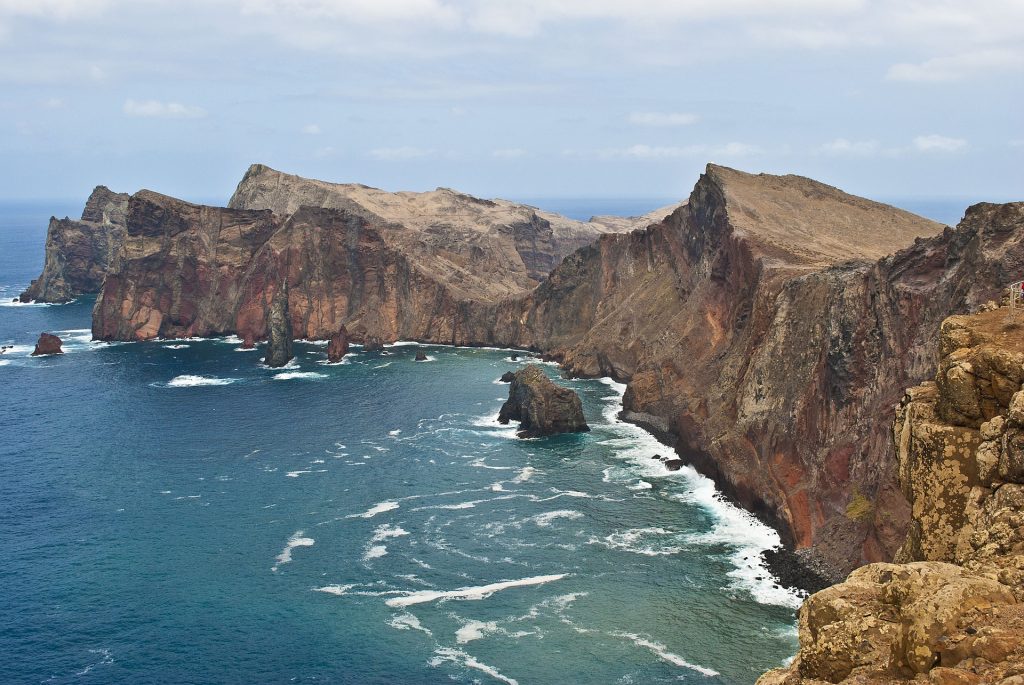
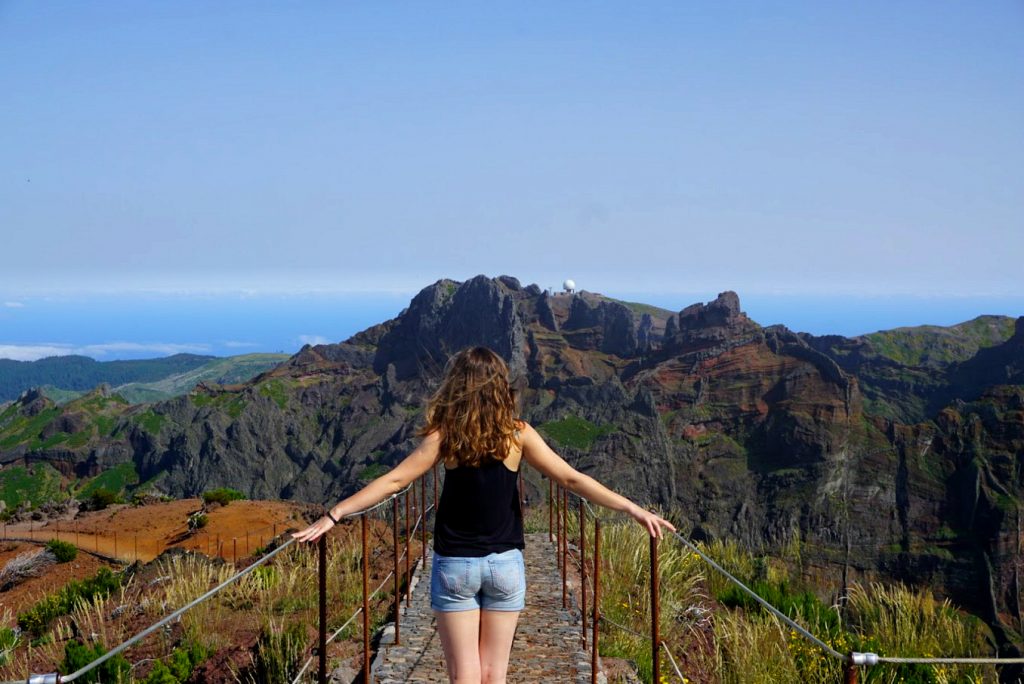
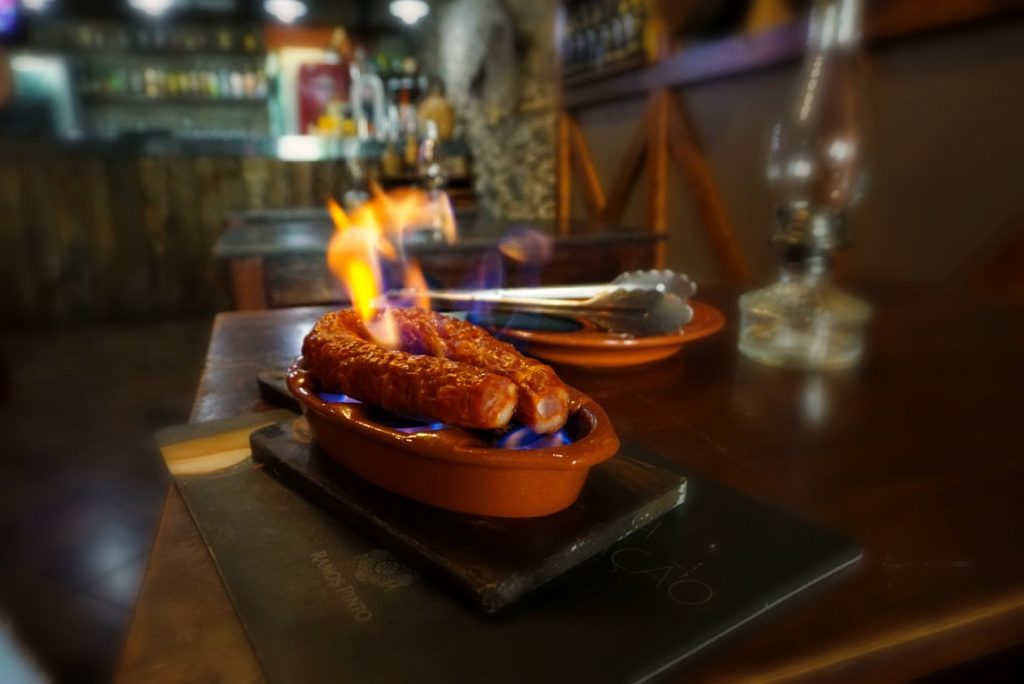


Leave a Reply